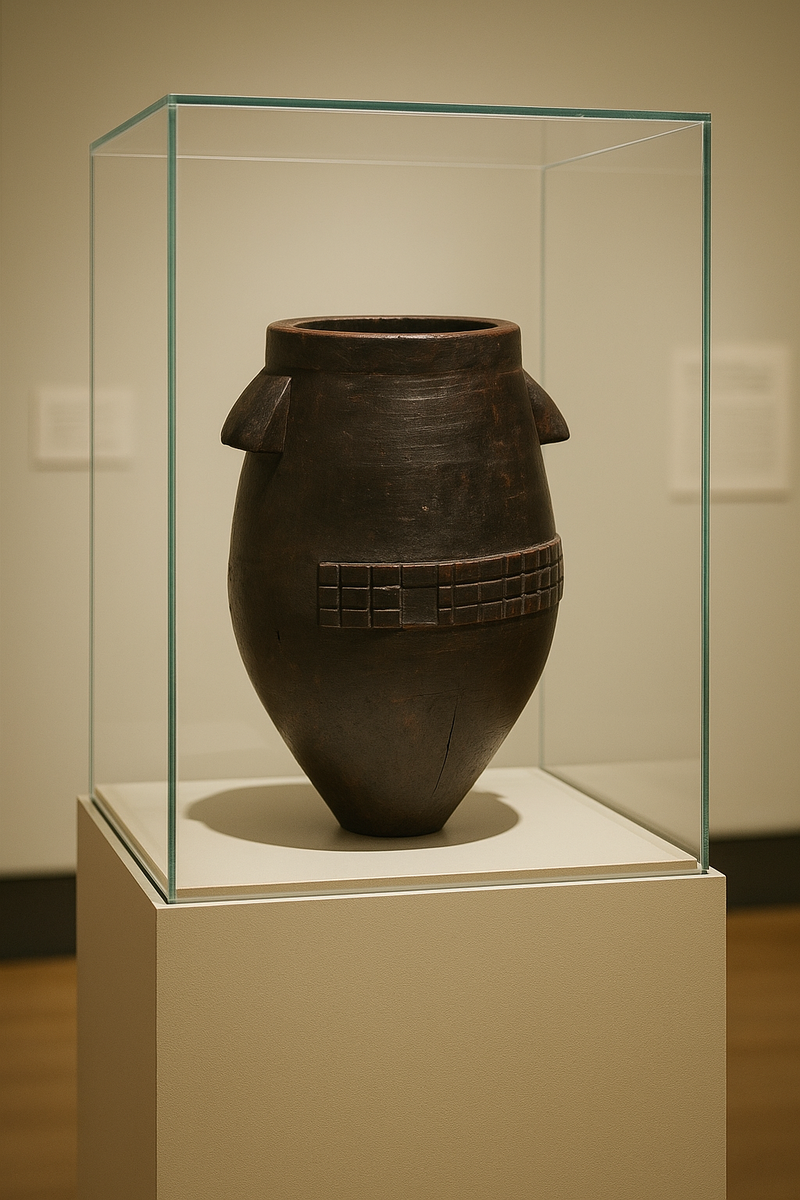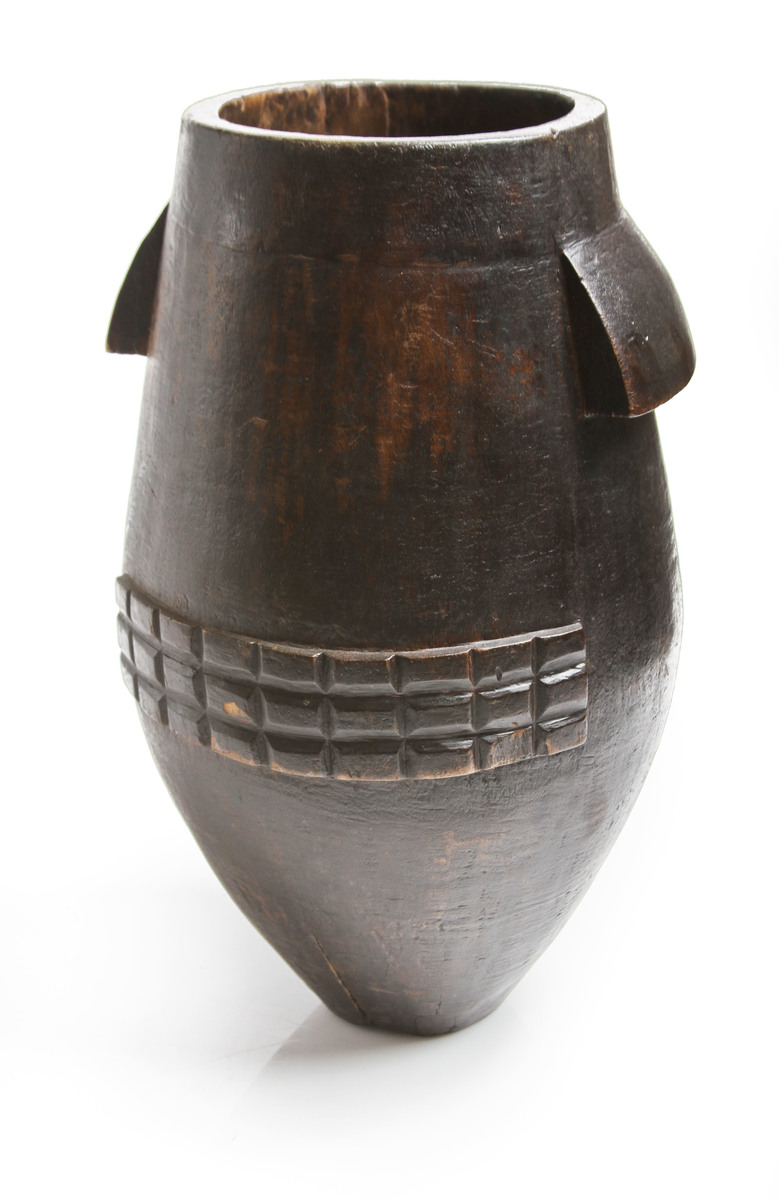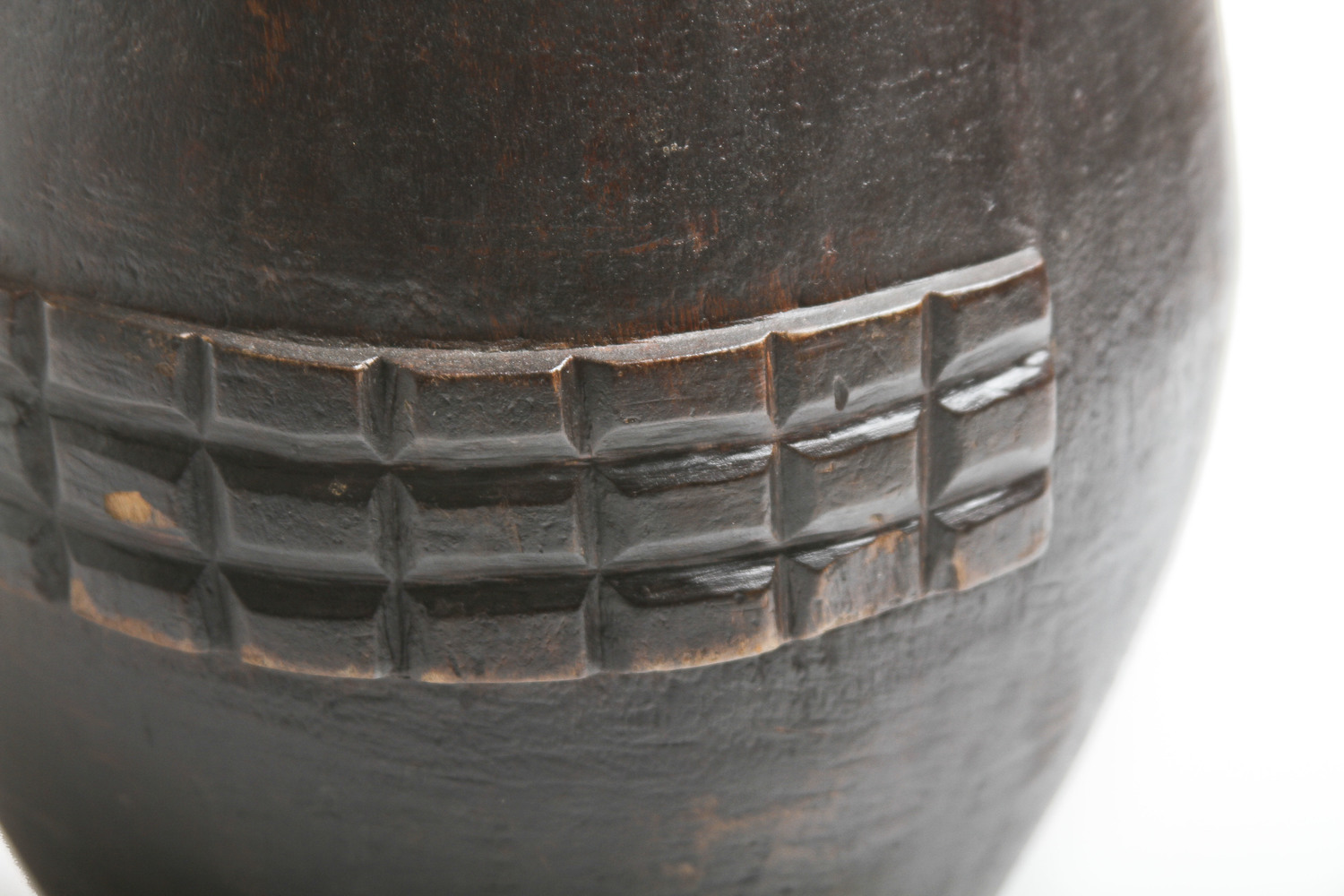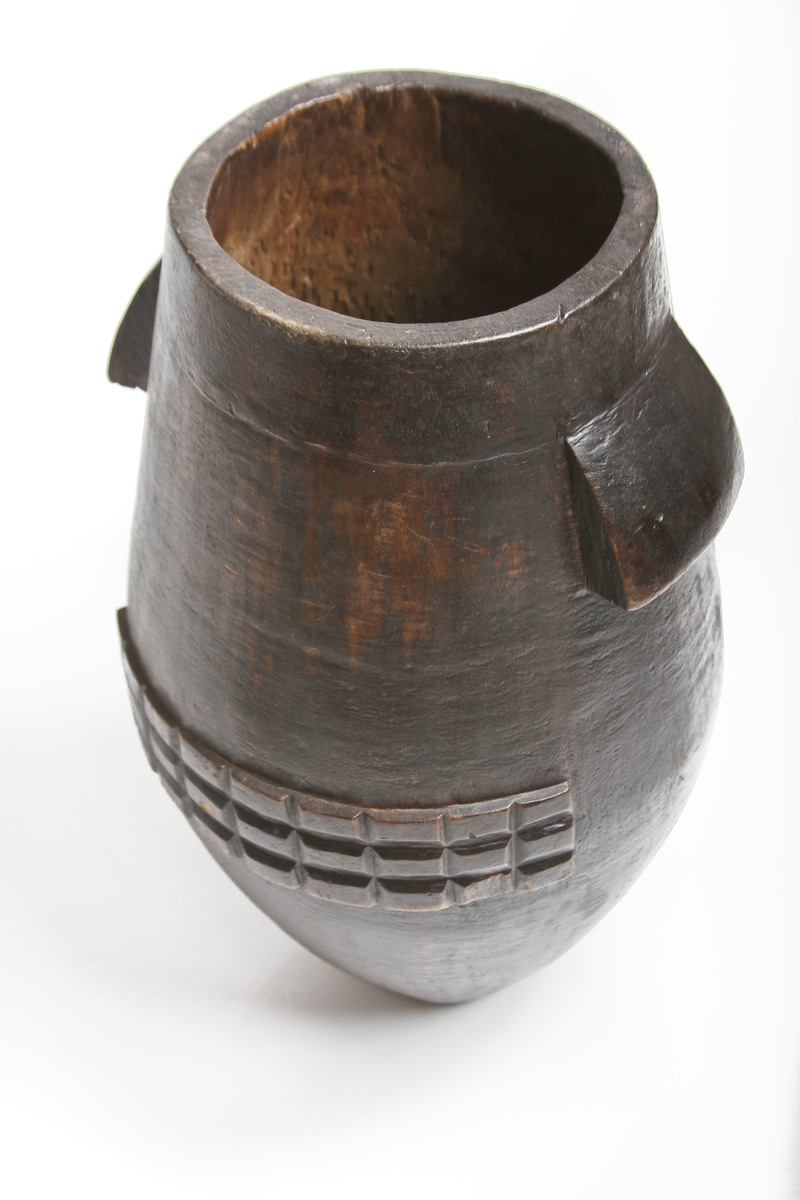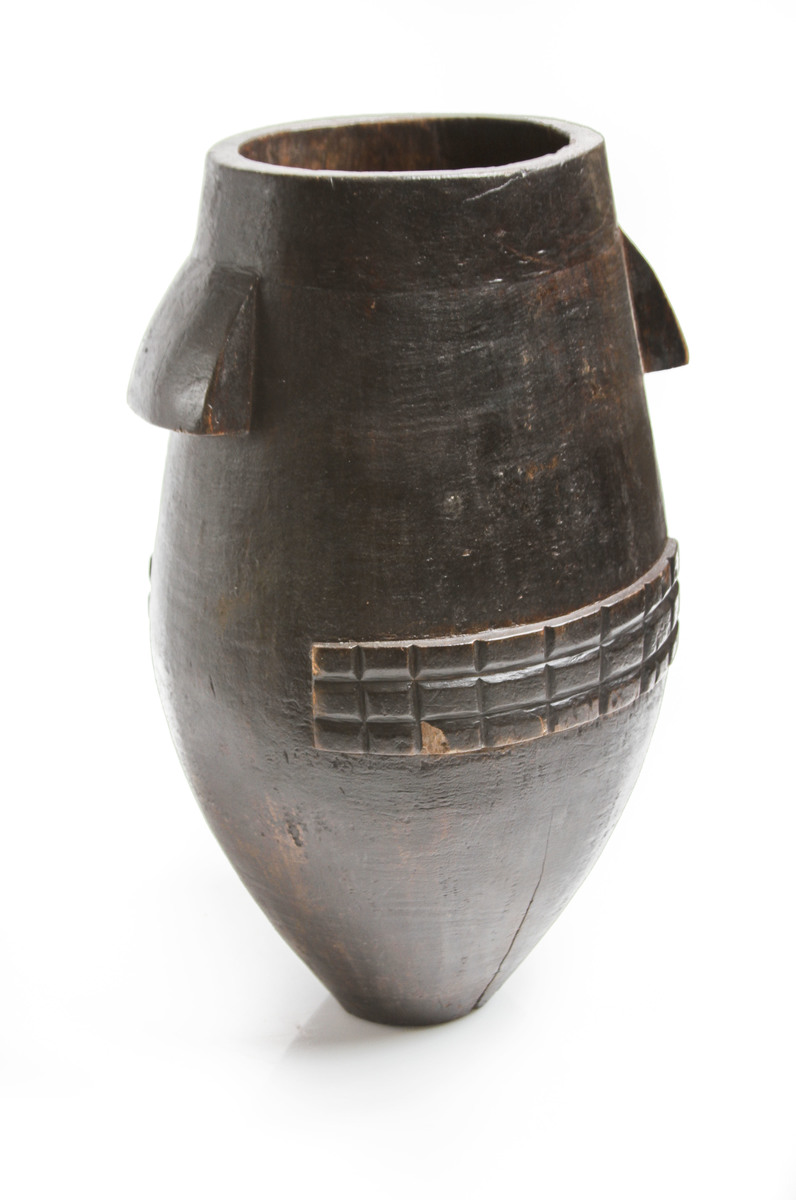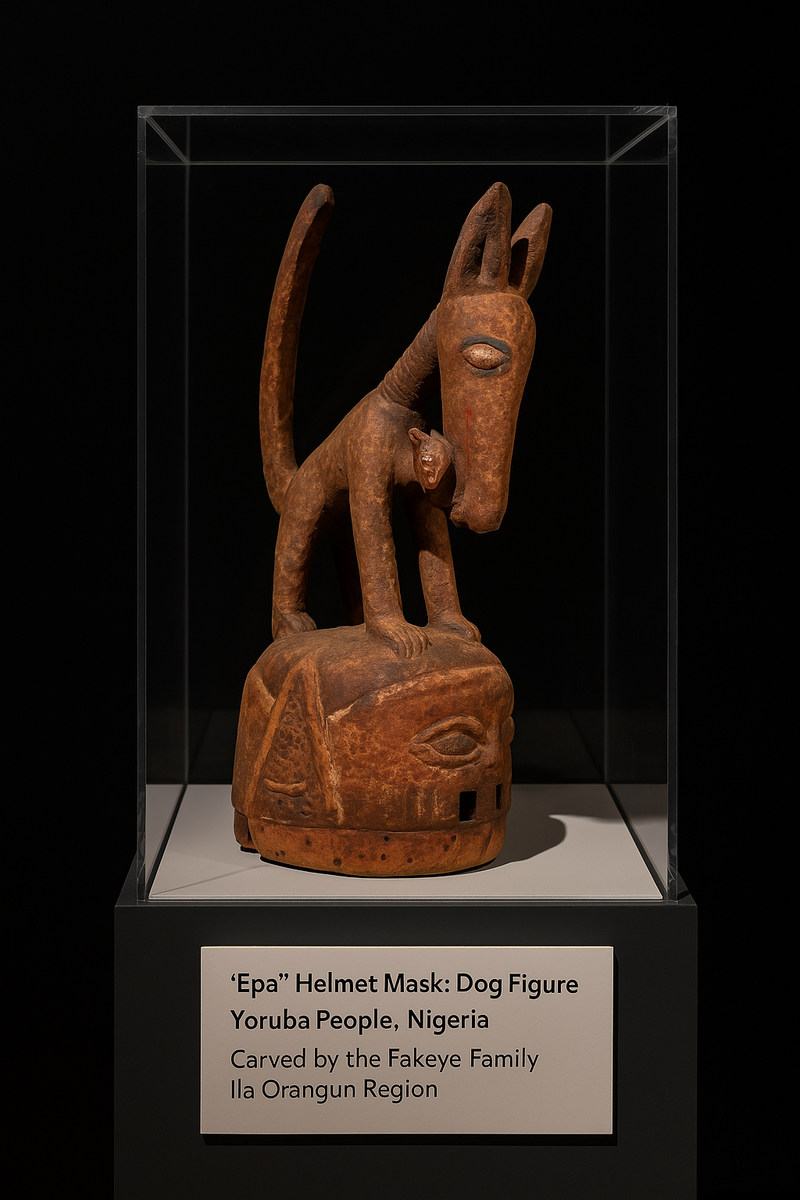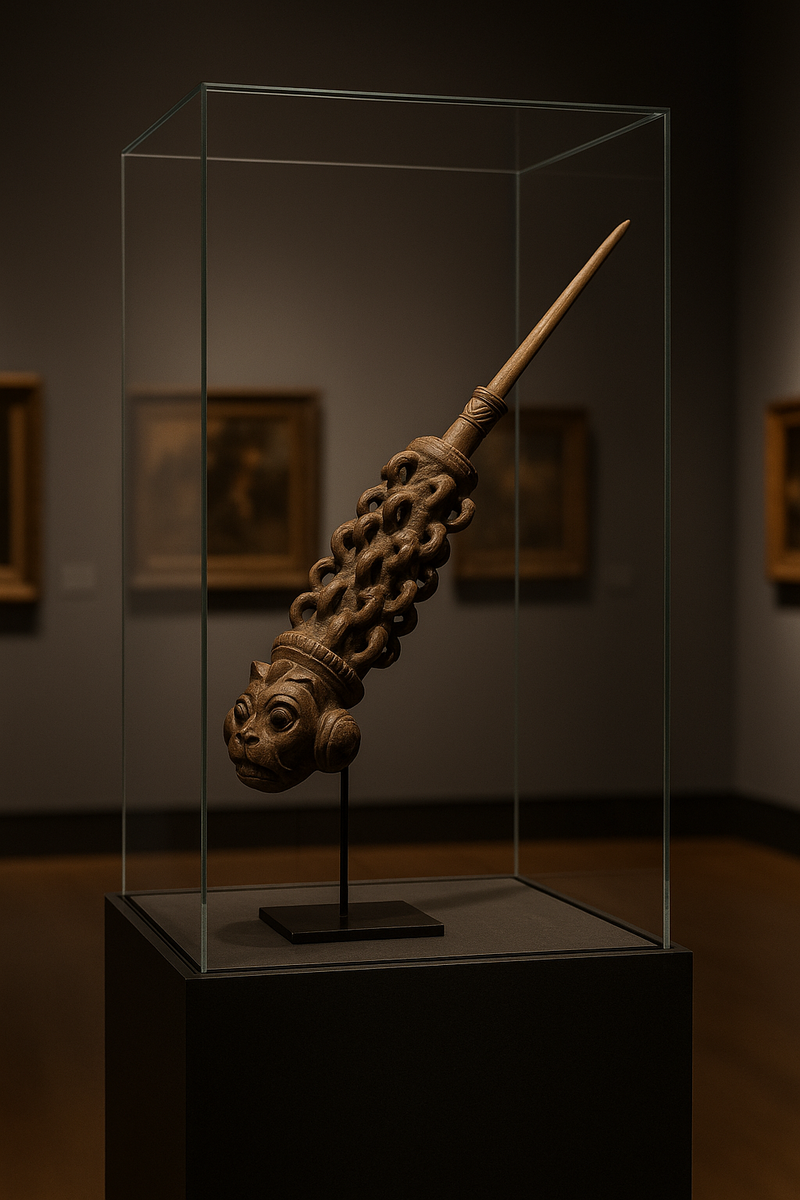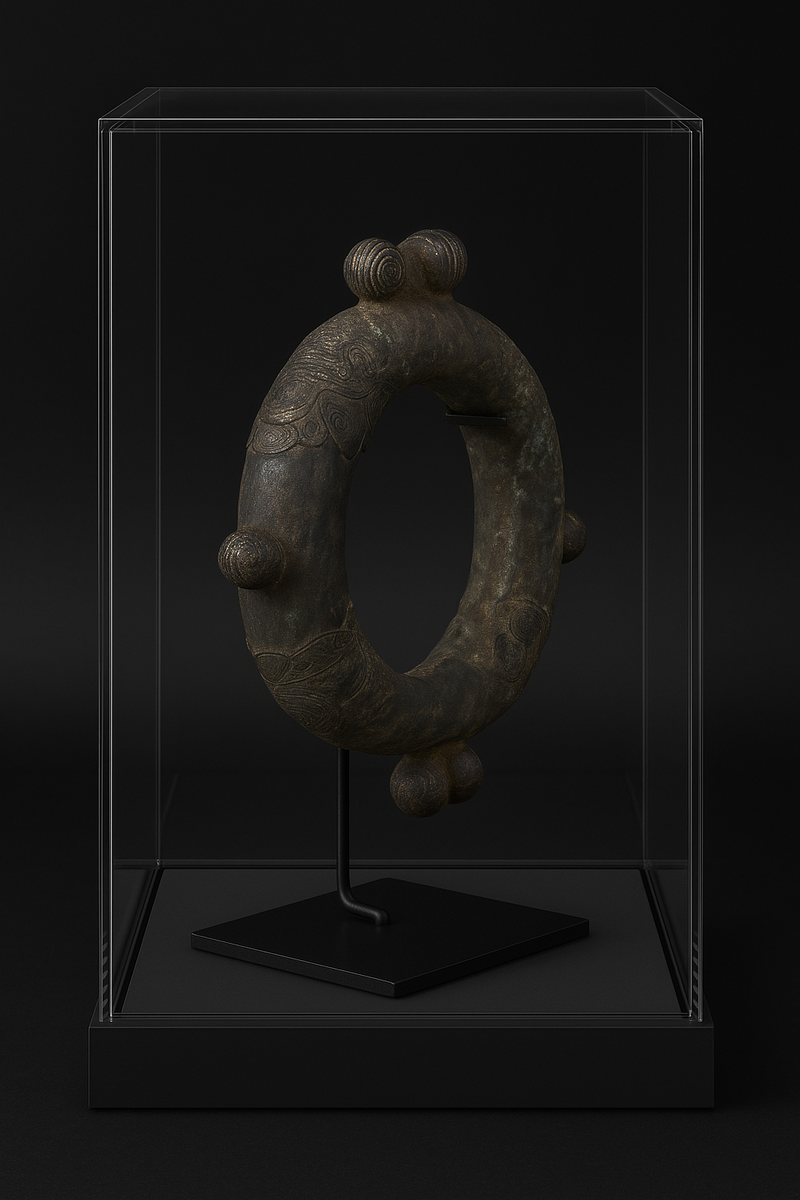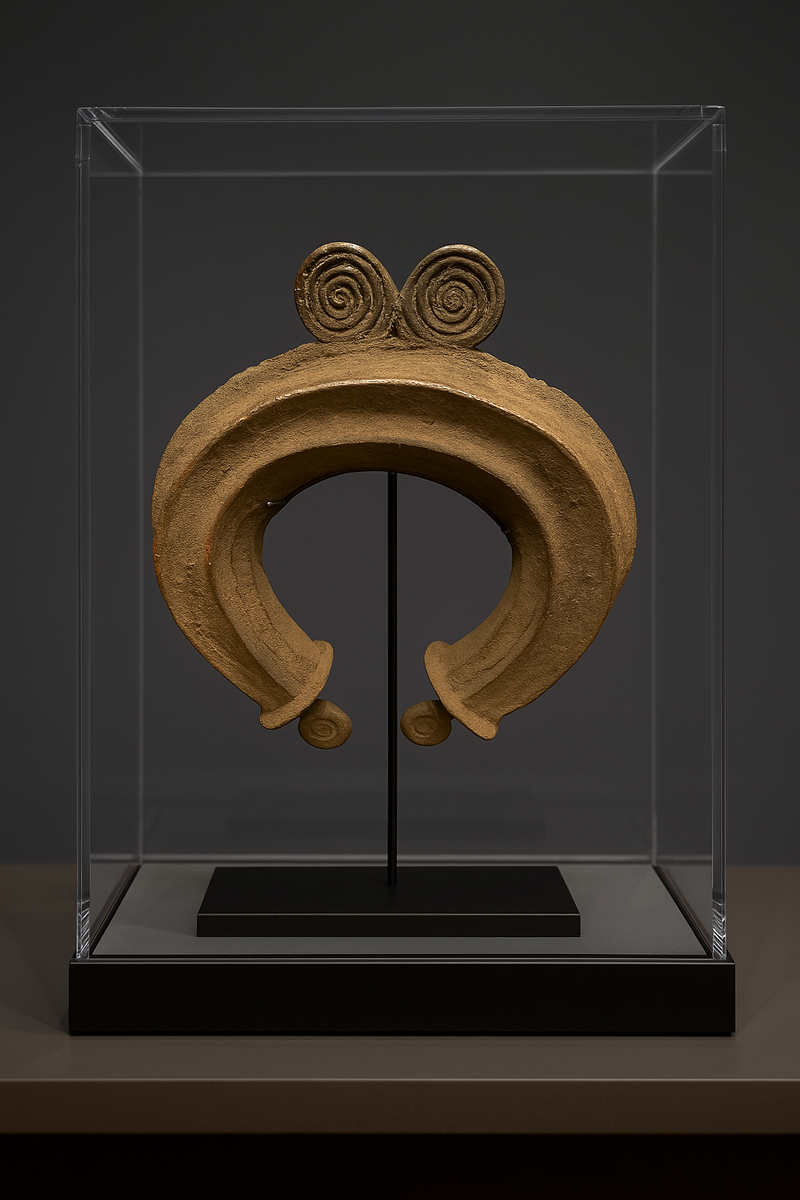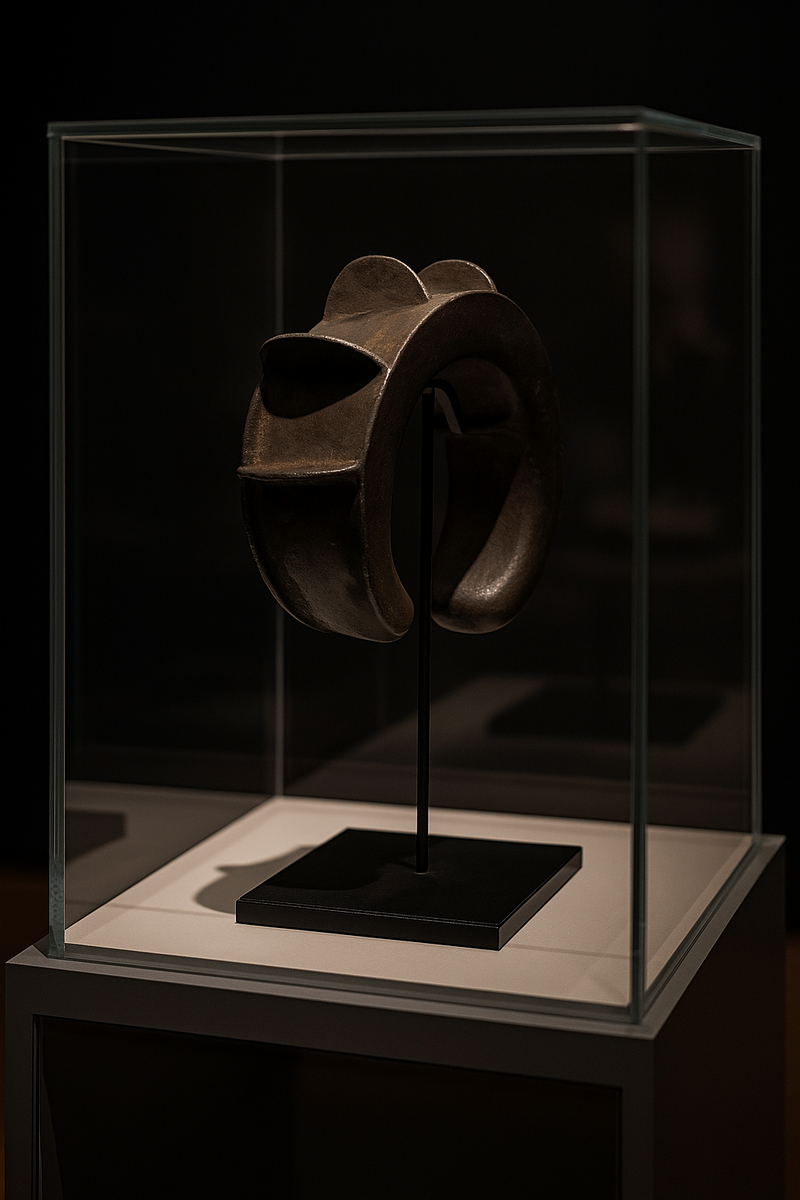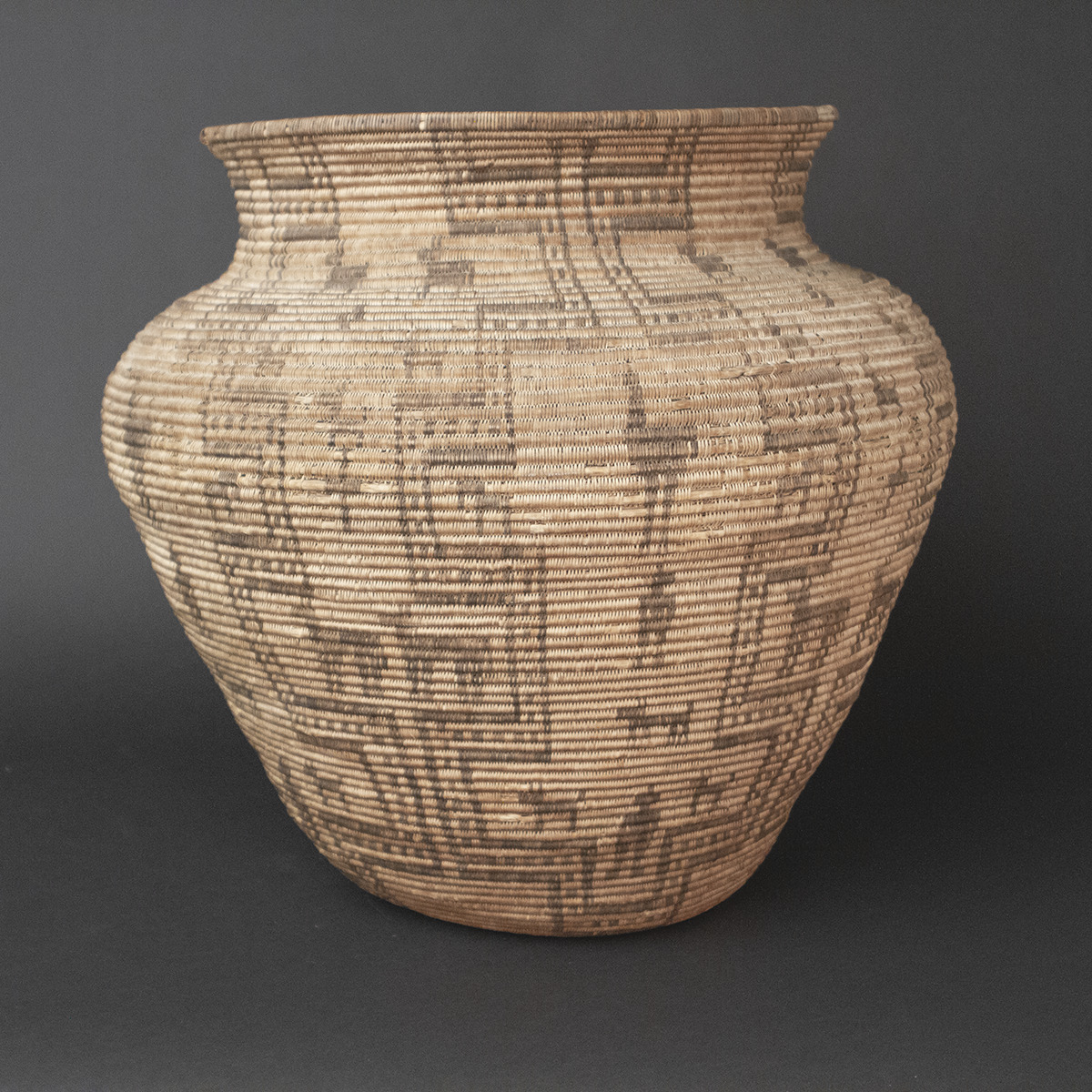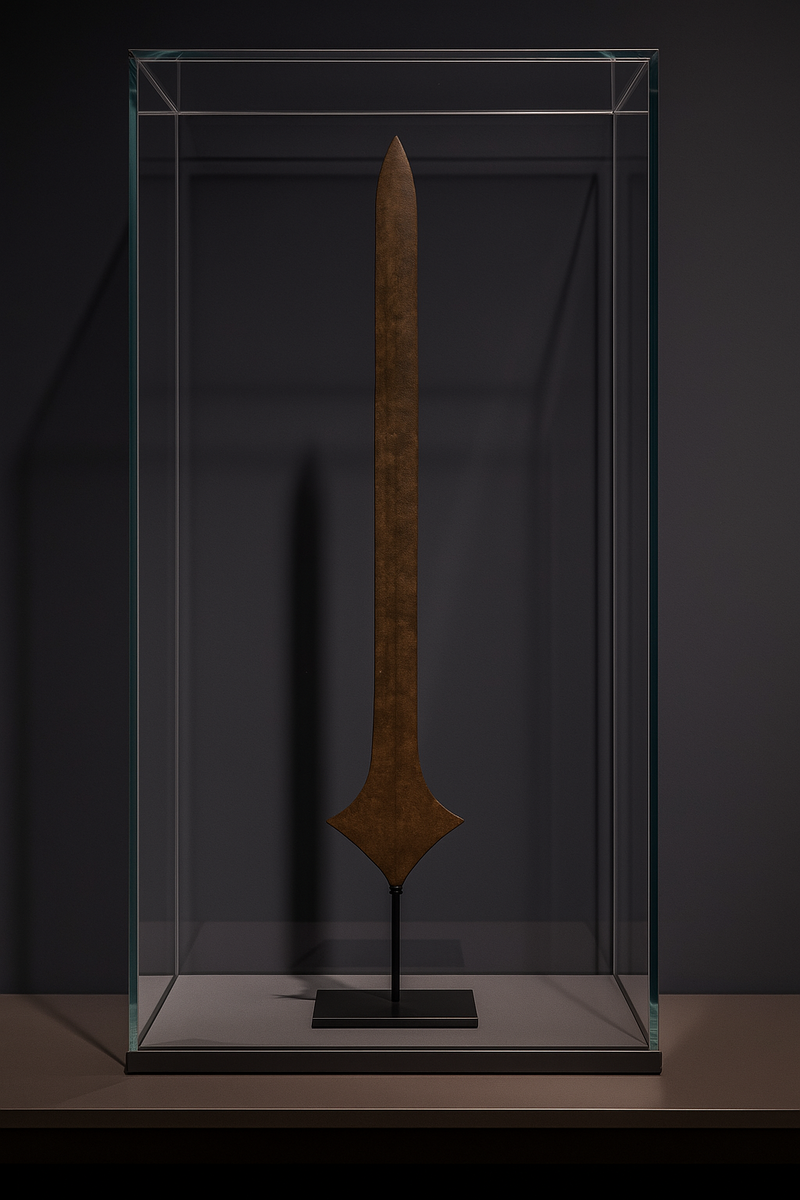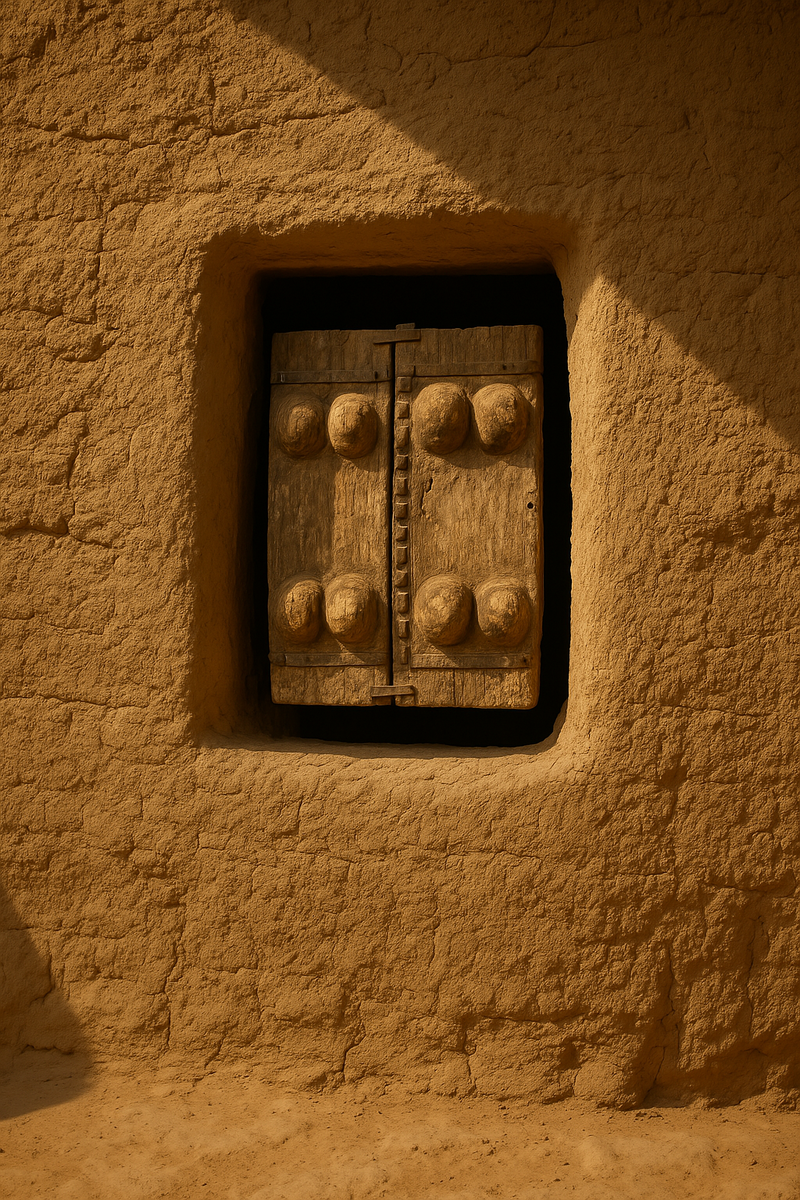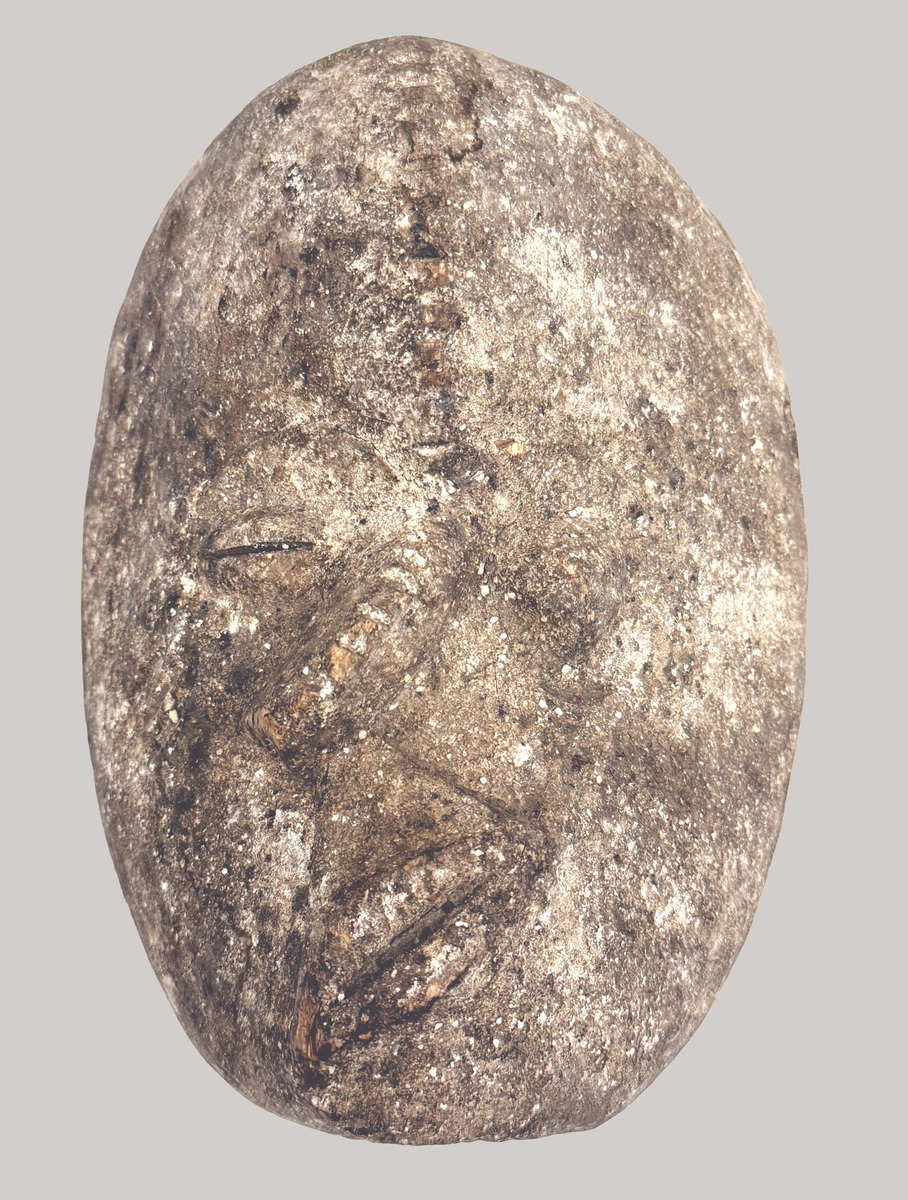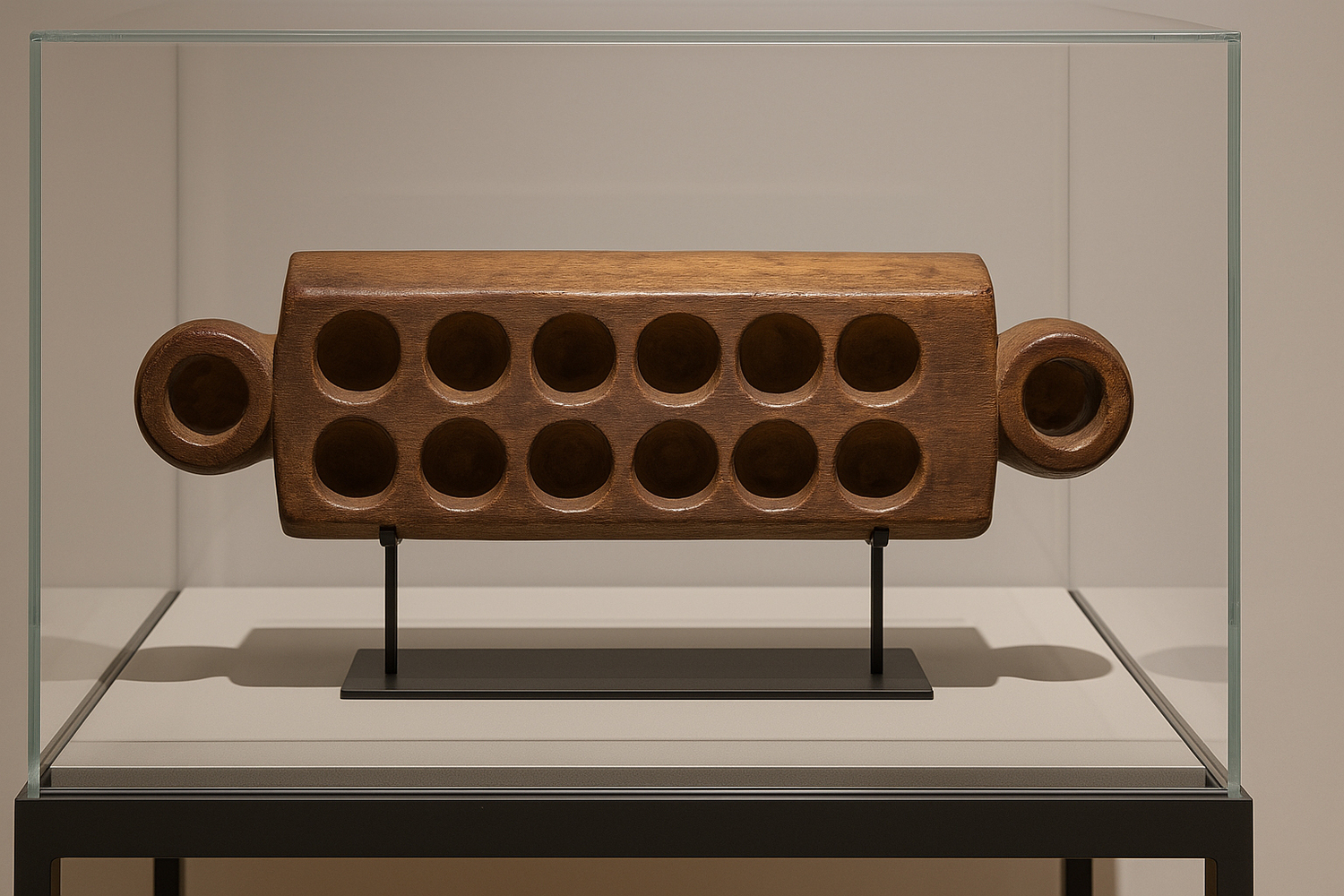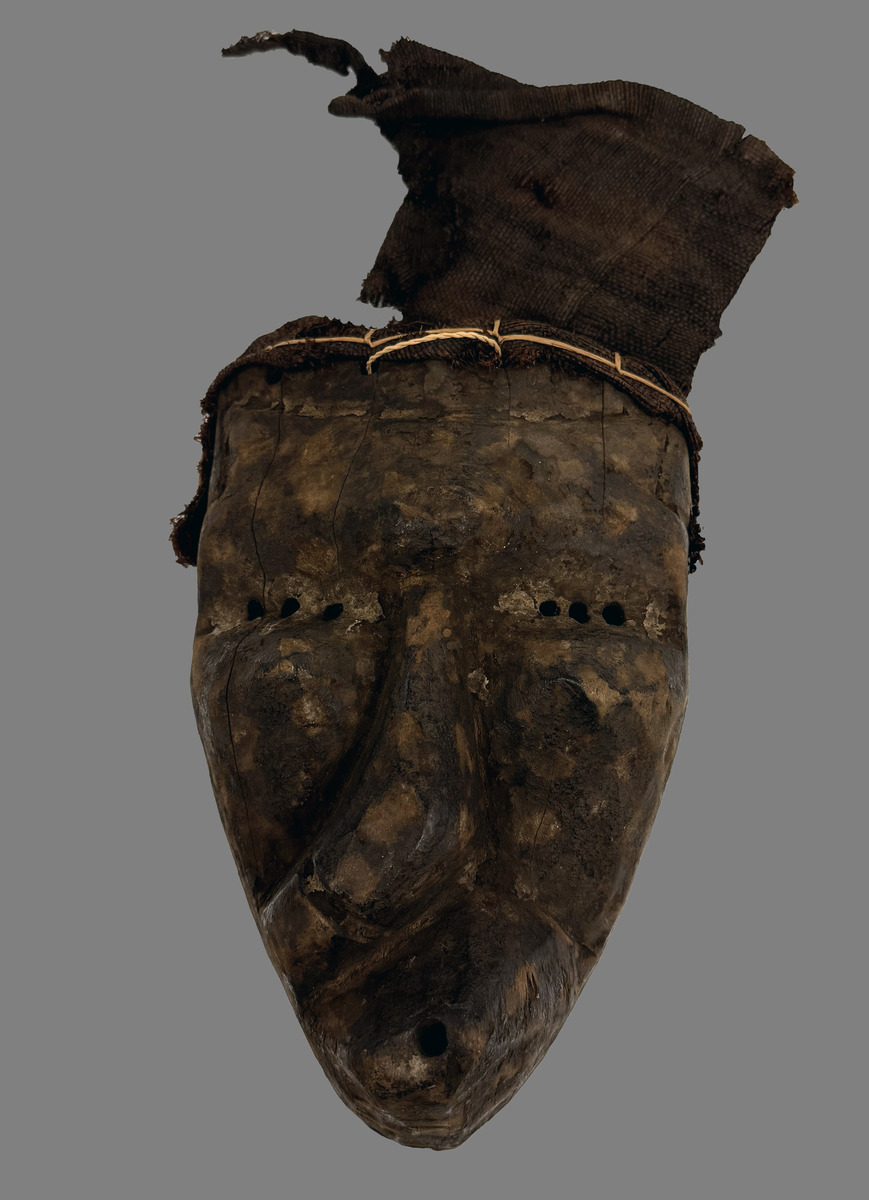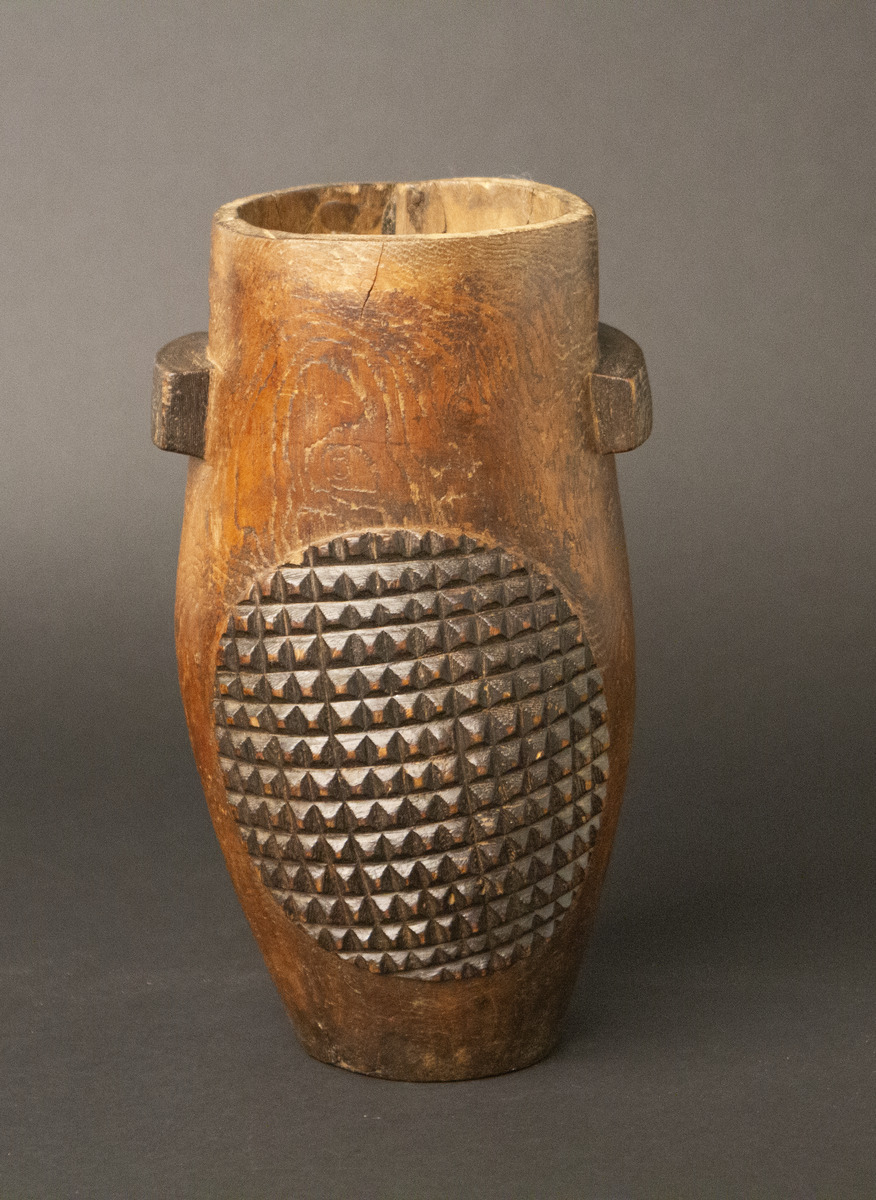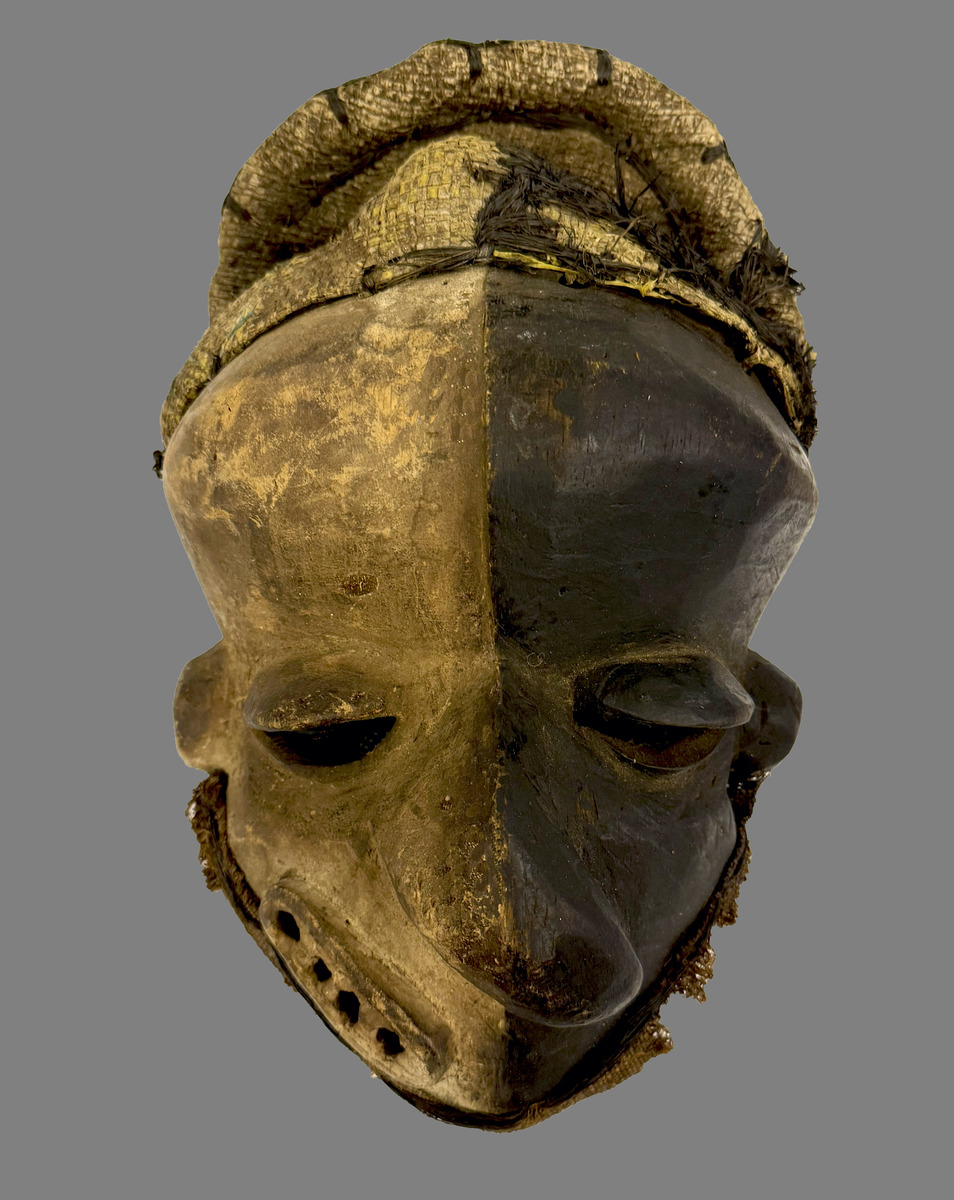Description
This sculptural Zulu milk pail (ikhamba), hand-carved from a single piece of richly grained Kiaat wood, is a quintessential example of Southern African utilitarian artistry. With its deep, lustrous patina—developed through decades of contact with fermented milk (amasi), oils, and hands—this vessel exemplifies the quiet dignity of daily Zulu life before the mid-20th century. Collected in the KwaZulu-Natal region prior to 1950, it bears all the hallmarks of authentic field use: softened edges, a tactile, burnished surface, and a visibly worn interior consistent with long-term storage and serving of dairy.
The vessel’s elegant, oviform body is flanked by two robust lug handles and encircled by a meticulously carved geometric grid motif—a classic Zulu design feature symbolizing stability and order. These visual accents, while minimalist, evoke the Zulu aesthetic principle of controlled symmetry and imbue the piece with both ritual and sculptural presence.
Milk pails such as this one held profound symbolic and functional value in Zulu society. Used predominantly by women, these vessels were central to food preparation and preservation, particularly for amasi, a fermented milk consumed daily and served during ceremonial events, bride-price negotiations, and ancestral offerings.
The ikhamba was also a status object, quietly signaling the household’s wealth through its craftsmanship and finish. In ritual contexts, the pail served as a conduit between the living and ancestral realms—milk was believed to carry spiritual purity, and its vessel required respectful handling and continual care.
This example inaugurates the NOA Living Zulu Milk Pail Collection, an important assemblage of over fifteen original vessels sourced throughout KwaZulu-Natal. Each piece has been preserved in its natural state, honoring the material integrity and historical authenticity of its origin. As such, NOA Living now holds one of the few known curated private collections in North America focused exclusively on Zulu domestic woodwork from the early to mid-20th century.

